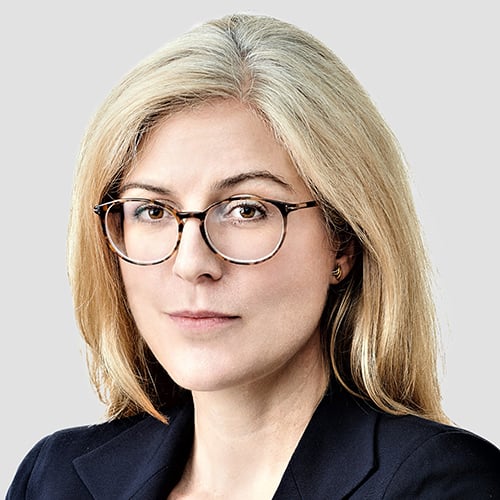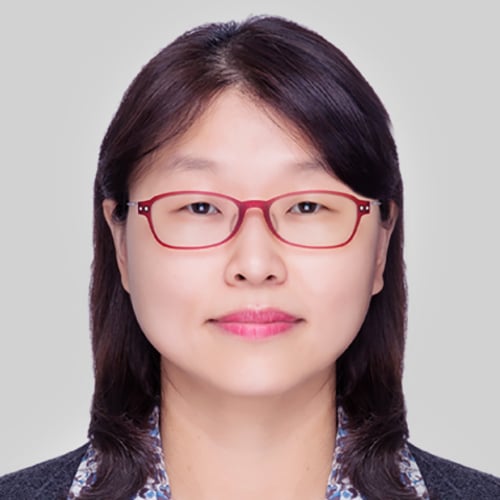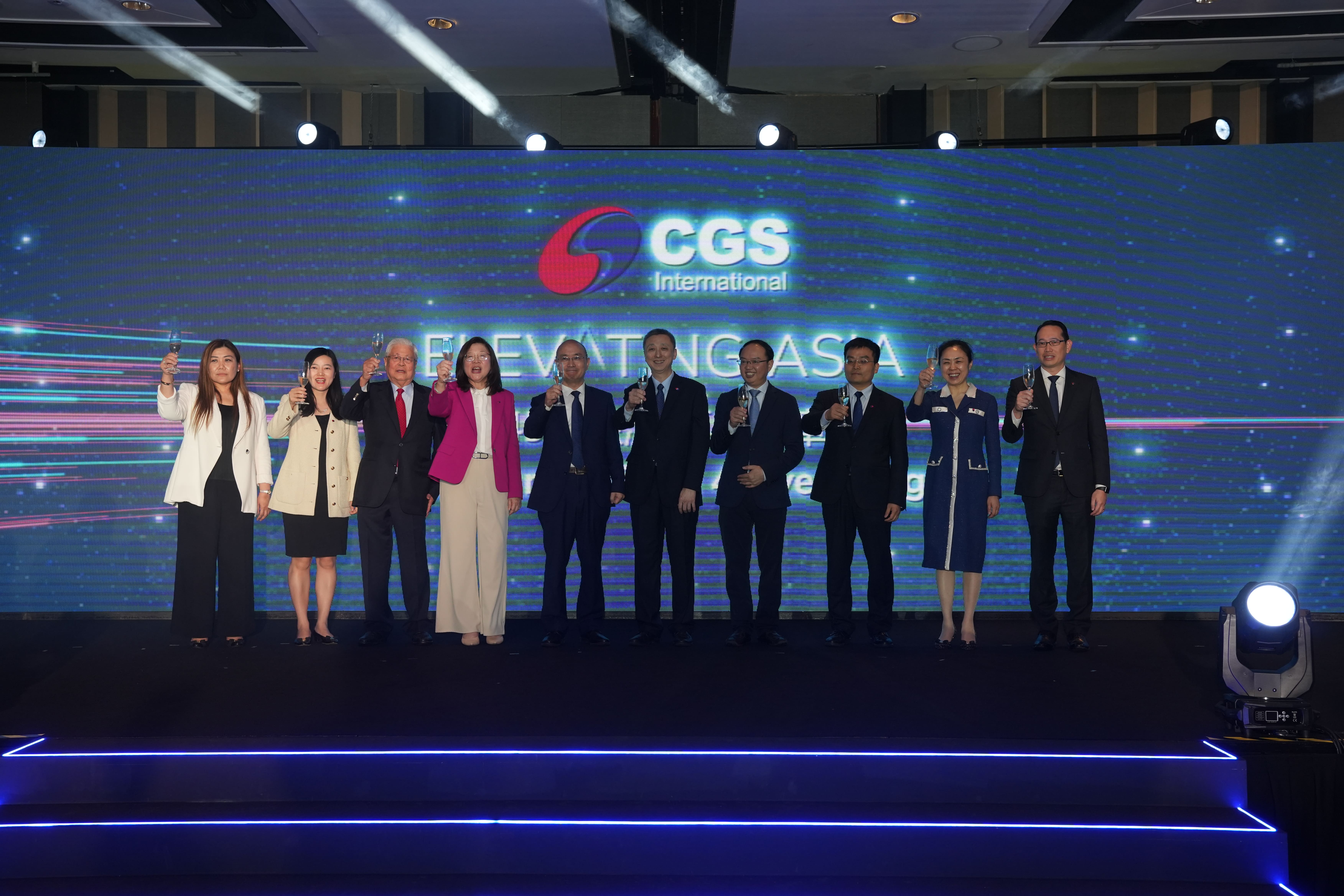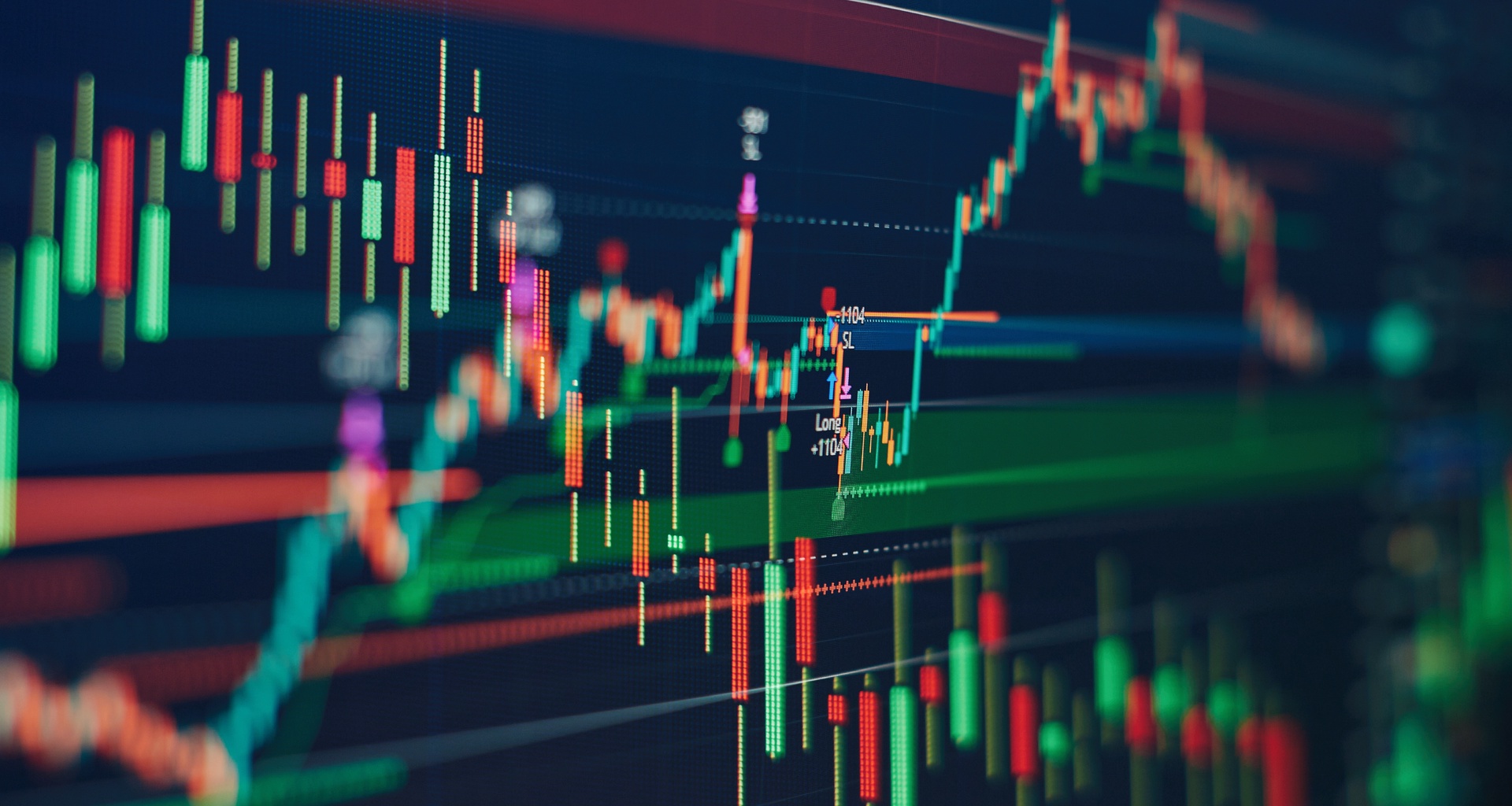Singapore’s ETF market lags behind those of Hong Kong, Japan or Korea when measured by the number of products, but the Monetary Authority of Singapore, together with Singapore Exchange are determined to help it develop.
“Regulation has a big part to play in the growth of Singapore’s ETF landscape,” says Chew Sutat, head of equities and fixed income at Singapore Exchange. After easing access regulations to some types of ETFs in 2015, earlier this year MAS allowed financial advisors to advise on ETFs. SGX has launched new incentives for brokers and market makers that aim to improve liquidity and post-trade efficiency.
Commerzbank with its Comstage brand of ETFs is a relative newcomer to the region. It listed two products in Hong Kong in May 2016. “Asia is a growth region, that’s why most ETF providers come here,” says Thomas Meyer zu Drewer, global head of Comstage ETFs, Commerzbank.
As Asian investors increase their use of ETFs, they will need to diversify and that’s where providers like Commerzbank can add value. “Europe is the place to be if you want to diversify broadly,” says Meyer zu Drewer. In particular, German economy has been growing strongly, German blue chip companies continue to deliver high dividends and German banks are likely to benefit from Brexit, if and when it happens.
“From cost efficiency perspective, [Stock Connect] is a huge benefit to ETF issuers,” says Tae Yoo, managing director, clients and marketing services, market development division, Hong Kong Exchange. It helps circumvent a number of challenges ETF providers face when using R/QFII schemes to manage their China funds.
Aggregate quota, in place since the launch of Shanghai-Hong Kong scheme in 2014, have now been removed, and Shenzhen-Hong Kong Stock Connect extends the scheme to include the other half of China’s equity market. “We expect a lot of competition coming this way, driving benefits for investors,” says Yoo.
Taiwan Exchange has been very active in boosting and promoting ETFs. Within the last two years, the country’s regulators have approved leveraged and inverse products, futures-based ETFs and currently are working on allowing dual currency ETFs, denominated in Taiwan dollars, Chinese renminbi or US dollars.
Taiwan Exchange has been also closely working with Tokyo Stock Exchange and Korea Exchange, cross-listing ETF products. “We have already seven ETFs tracking Japanese market,” says Pony Bo-Li Huang, senior vice-president, corporate planning and strategy department, Taiwan stock Exchange. “They account for 5% of total ETF trading value.”
In order to further expand its reach in Southeast Asia, Taiwan Exchange has signed an agreement with Bursa Malaysia with a goal of cross-listing ETFs in the late 2017.
With 230 products listed, Japan is the leader in Asia in terms of the ETF market, but its product line is concentrated on Japan equity. “We would like to diversify the product line,” says Yoriyuki Sugiyama, general manager and chief representative of Tokyo Stock Exchange in Singapore. Financial Services Agency, Japan’s market regulator, is pushing for expansion and diversification of ETFs, in particular into foreign products and smart beta.
Technology has enabled the development and commoditization of factor investing, or smart beta. But choosing the right strategy is also fraught with perils, as products are often marketed on the basis of simulated past performance. A result of factor-mining or model-mining, their performance may not materialize after the product is launched.
“You need to rely on empirical evidence and multiple studies showing that factors have outperformed in the past,” says Frederic Ducoulombier, founding director at EDHEC Risk Institute-Asia. While selecting the right factors, investors need to look for economic rationale justifying the model. “[They need to] make sure that there’s a good story.”
As clients get more educated and adopt factor investing more broadly, active management is likely to suffer. “[Smart beta] is replacing ‘factor huggers’,” says Geir Espeskog, managing director, head of iShares Asia ex Japan distribution at BlackRock. He explains that “’benchmark-hugging’ active funds with very low active share,” are likely to be replaced by passive, low-cost smart beta products and that this transition will benefit investors.
“The greatest threat to active managers is active managers themselves,” says Simon Karaban, head of index services at Singapore Exchange. “If they demonstrate skills, if you generate alpha without bringing into question the fees you’re charging then you’re fine,” he adds.









